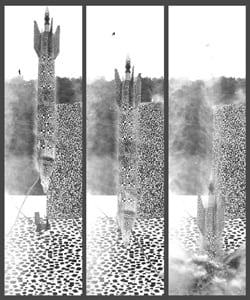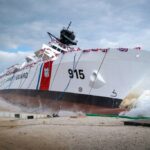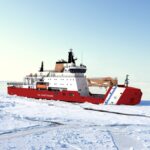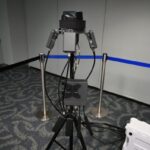
Sandia National Laboratories said on Tuesday that it successfully conducted a rocket-driven impact test of the B61-11 bomb’s nonnuclear components. The Nov. 20 test was the first of its kind in seven years. Engineers lifted the bomb attached to a rocket sled track. Once lit, the rocket drove the bomb into the ground. Sandia said the B61-11 performed as expected, penetrating a concrete target. The B61 comprises a large portion of the United States’ Enduring Stockpile following the Cold War.…












